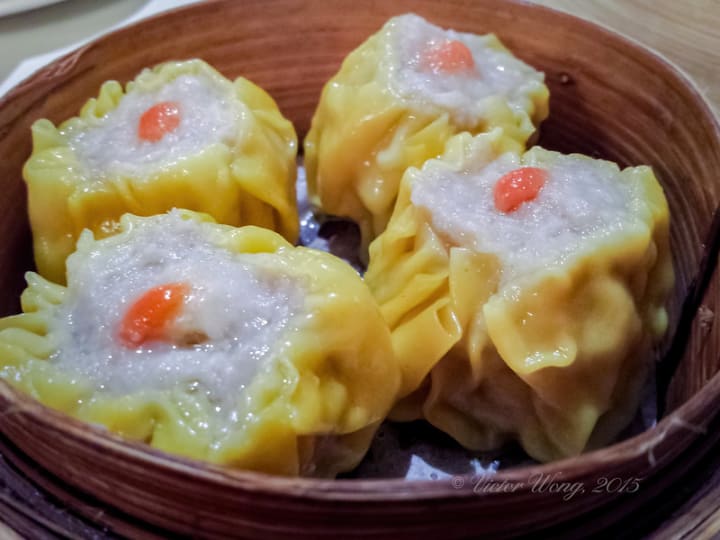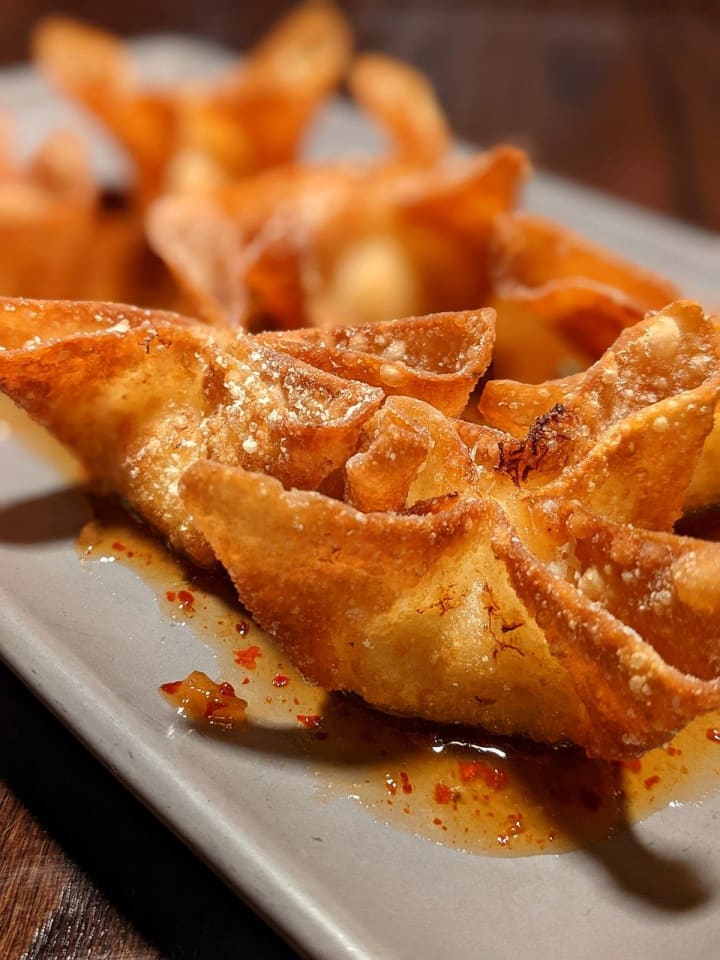Dim Sum and Dumplings: Are They the Same?
Exploring the Origins, Popularity, and Diverse Varieties of these Bite-Sized Delights

Dim sum and dumplings are often used interchangeably, but are they truly the same? This article delves into the world of dim sum and dumplings, unraveling the similarities and distinctions between these beloved bite-sized delicacies. Discover their fascinating origins, explore why they have gained global popularity, and delve into the enticing array of dim sum and dumpling varieties that tantalize taste buds worldwide.
When and Who Invented Dim Sum and Dumplings
Dim sum traces its roots back to ancient China, with origins dating back to the Jin Dynasty (265-420 AD). It was initially developed as a meal enjoyed with tea, evolving into an elaborate dining experience during the Tang Dynasty (618-907 AD). Dumplings, on the other hand, have a rich history spanning different cultures. They are believed to have originated in China over 1,800 years ago, crafted by Zhang Zhongjing, a renowned physician.
Why Dim Sum and Dumplings are Popular Worldwide:
Dim sum and dumplings have gained immense popularity globally for several reasons. Their exquisite flavors, intricate craftsmanship, and unique cultural experience have captured the hearts and palates of people worldwide. The bite-sized portions make them ideal for sharing and sampling a variety of flavors in one sitting. Additionally, the growing interest in Asian cuisine, globalization, and the rise of international food trends have further contributed to their widespread popularity.
Different Types of Dim Sum and Dumplings
Dim sum encompasses a wide range of dishes, while dumplings specifically refer to filled dough pockets. Dim sum varieties include delicate steamed dumplings like siu mai and har gow, pan-fried delights like potstickers, and savory pastries such as char siu bao (barbecue pork buns). Dumplings come in various forms, including Chinese jiaozi, Japanese gyoza, Korean mandu, and Tibetan momo, each with its unique fillings, wrappers, and cooking techniques. Here are some of the different types of dim sum and dumplings that tantalize taste buds worldwide:
Dim Sum

Siu Mai: These open-faced dumplings are filled with a mixture of minced pork or shrimp, mushrooms, and seasonings. Siu Mai is often garnished with a small piece of shrimp or roe on top.
Char Siu Bao: These fluffy steamed buns are filled with succulent barbecued pork, typically marinated in a sweet and savory sauce. Char siu bao can be found in both steamed and baked varieties.
Har Gow: Known for their translucent, delicate wrappers, har gow are steamed shrimp dumplings. The filling combines fresh shrimp, bamboo shoots, and seasonings, creating a burst of flavor in each bite.
Xiaolongbao: Hailing from Shanghai, these soup-filled dumplings are a true culinary delight. They feature thin, delicate wrappers filled with seasoned pork and a flavorful broth that bursts upon biting.
Potstickers: These pan-fried dumplings have a crispy bottom and a soft, steamed top. The filling usually consists of ground meat (such as pork or chicken), vegetables, and aromatic seasonings.
Tangbao: These oversized soup dumplings are a specialty of Nanjing, China. They contain a rich, savory broth and a filling of ground meat, usually pork, and seasonings. Tangbao is traditionally enjoyed by sipping the soup first and then eating the dumpling.
Xiao Long Kan: These spicy Sichuan-style dumplings are often known as "hot pot dumplings." They feature a chewy wrapper and a flavorful filling, typically with minced meat, Sichuan peppercorns, chili oil, and other spices.
Cheung Fun: Rice noodle rolls filled with ingredients like shrimp, beef, or vegetables, and served with a flavorful sauce.
Different types of Dumplings

Wontons: Chinese dumplings made with a thin wrapper filled with minced meat (pork or shrimp), herbs, and seasonings. They can be boiled or served in soups.
Jiaozi: Chinese dumplings typically filled with ground meat (pork, beef, or chicken), vegetables, and seasonings. They can be steamed, boiled, or pan-fried.
Gyoza: Japanese dumplings with a thin wrapper and a filling of ground pork, cabbage, garlic, and ginger. They are often pan-fried and served with a dipping sauce.
Momo: Tibetan and Nepalese dumplings are usually filled with spiced ground meat (such as lamb or yak), vegetables, and herbs. They are typically steamed or pan-fried.
Mandu: Korean dumplings filled with a mixture of minced meat, tofu, vegetables, and seasonings. They can be steamed, boiled, or pan-fried.
Pelmeni: Russian dumplings made with a thin unleavened dough and filled with ground meat (beef, pork, or lamb) mixed with onions and spices. They are typically boiled and served with sour cream.
Dim sum and dumplings are culinary treasures that have captivated taste buds worldwide. While the terms are sometimes used interchangeably, they represent distinct culinary traditions. Dim sum's history can be traced back to China, while dumplings have evolved across different cultures. Their global popularity stems from their delightful flavors, cultural significance, and the unique dining experiences they offer.
I hope you now have a clear understanding of the distinction between dim sum and dumplings. While the terms are often used interchangeably, they represent separate culinary concepts. Whether you prefer the delicate elegance of har gow or the comforting warmth of xiaolongbao, By recognizing the difference between dim sum and dumplings, we can better appreciate the diverse flavors and culinary traditions.
About the Creator
Anushi
I'm just a human with a big heart.






Comments
There are no comments for this story
Be the first to respond and start the conversation.